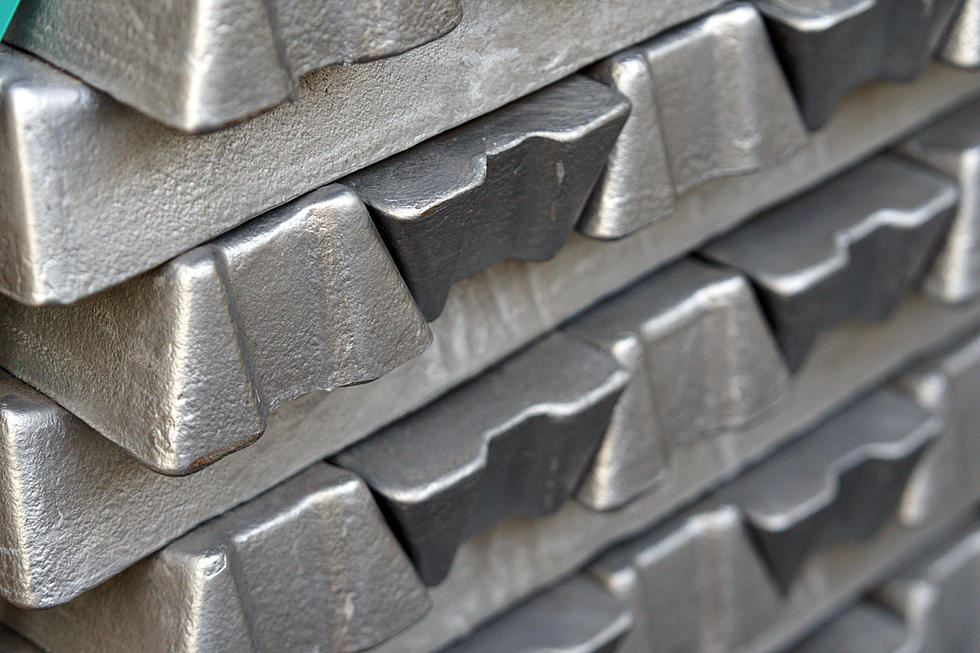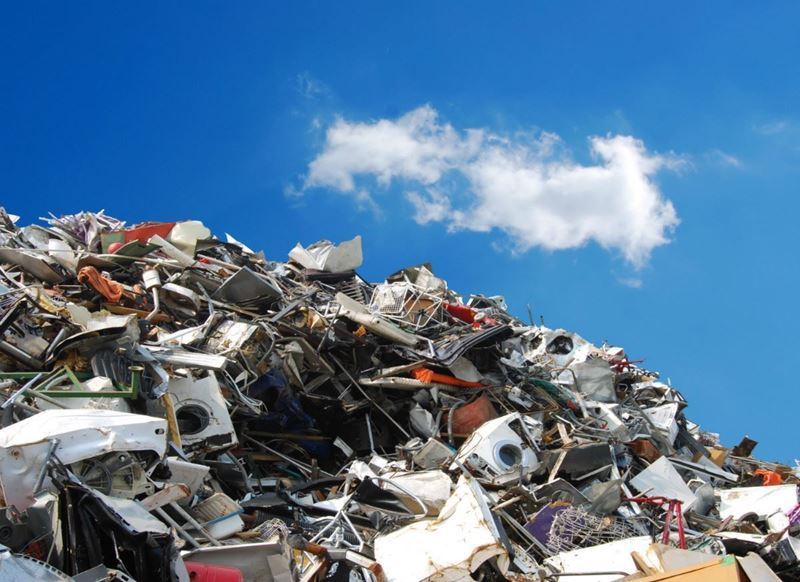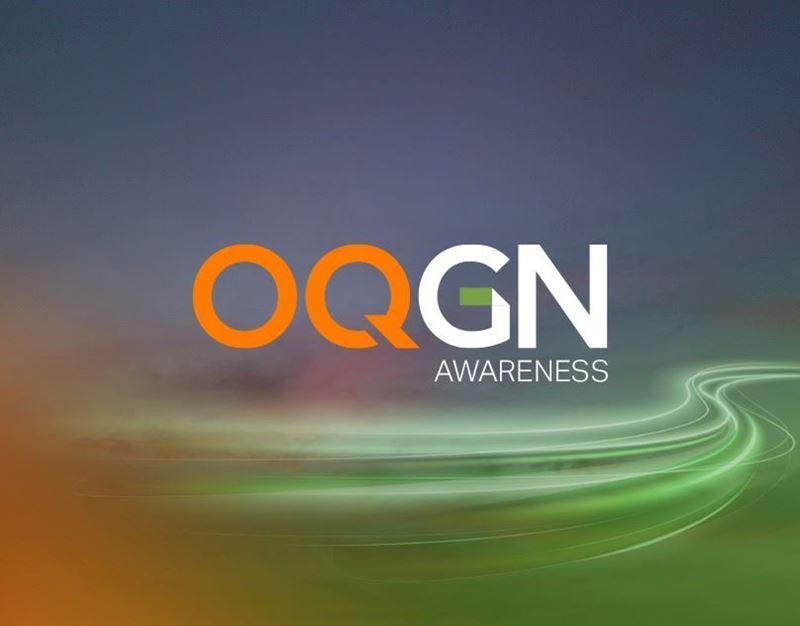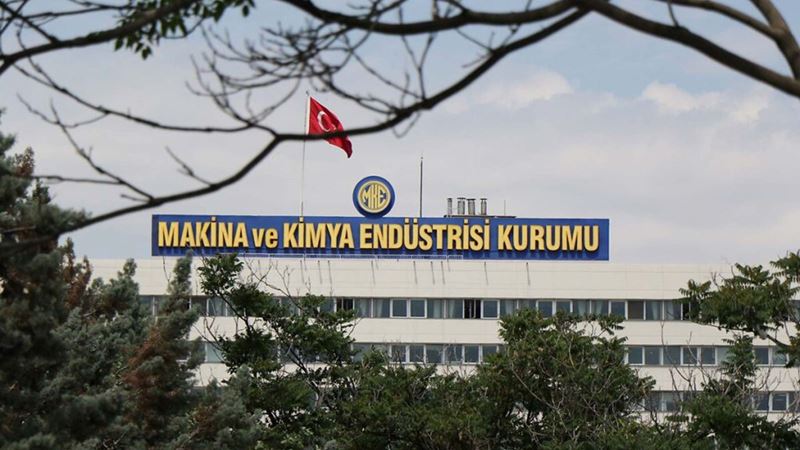The United States and the United Kingdom have implemented bans on Russian-made aluminium, copper, and nickel shipments to key exchanges, including the London Metal Exchange and Chicago Exchange warehouses, as well as direct imports. These restrictions, effective for metals produced after April 13th, are poised to disrupt supply chains and potentially drive prices higher. However, exceptions may be considered on a case-by-case basis. Notably, the move makes the Shanghai Futures Exchange the only major commodity exchange still accepting Russian supplies of these three metals.
Prices have risen sharply since the ban was introduced, reflecting market fears of reduced supply. On the London Metal Exchange (LME), nickel prices soared by 8.33% to $19.17 thousand per tonne at the opening of trading. While aluminium prices on the LME jumped 9.4%, the Shanghai Futures Exchange saw a more moderate reaction, with prices up no more than 2.9% from Friday's closing level. Currently, LME warehouses hold 400,000 tonnes of Russian metal out of a total reserve of 1 million tonnes, with aluminium dominating at 311,000 tonnes, followed by copper at 61,000 tonnes, and nickel at 25,000 tonnes.
The three-month aluminium contract rose in London to $2624 per tonne the highest value since June 2022. The cost of nickel with delivery in 3 months rose on the LME by 3.4% to $18400 per tonne, having reached the maximum in September 2023.
The sanctions are expected to redirect Russian metal exports to countries beyond the reach of US and UK jurisdictions, with China likely to see increased imports.
Despite the absence of formal sanctions, China's imports of Russian aluminium have reached record levels. Russian aluminium giant United Company RUSAL International PJSC generated 23% of its revenue from China in 2023, compared with just 8% in 2022.









Comments
No comment yet.